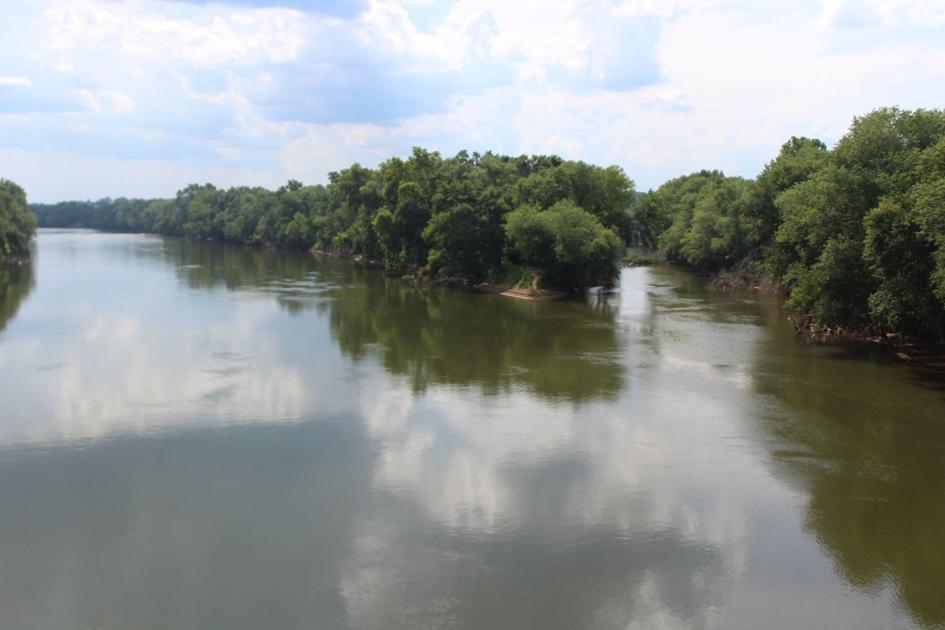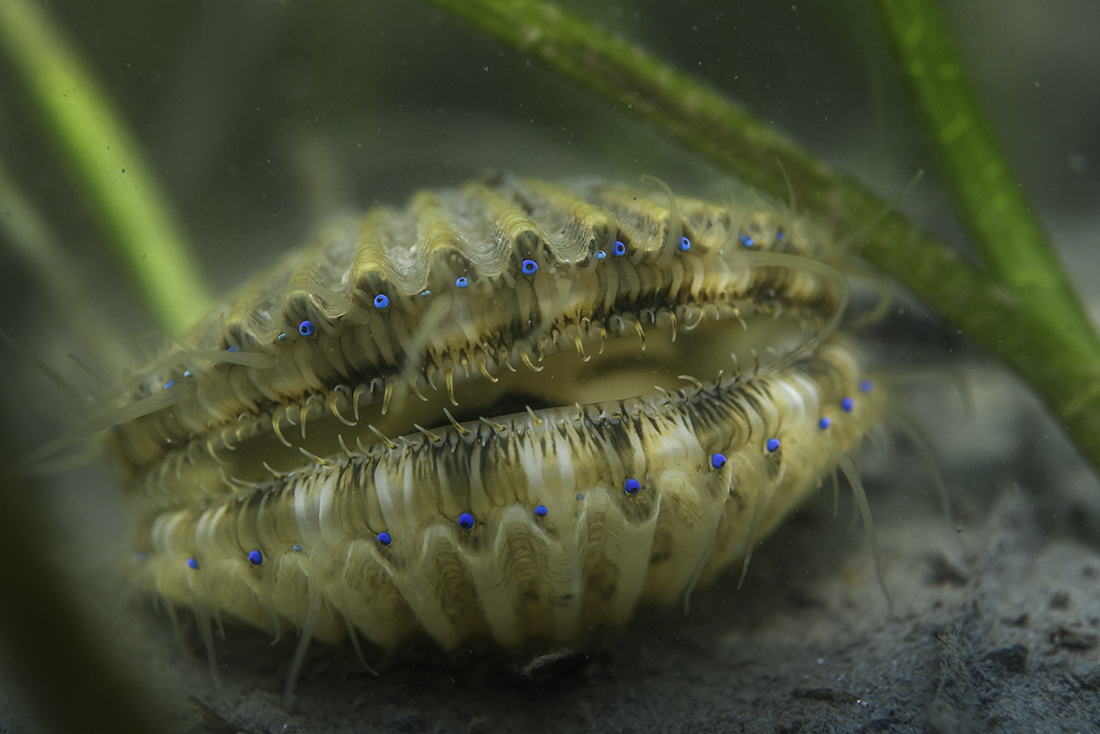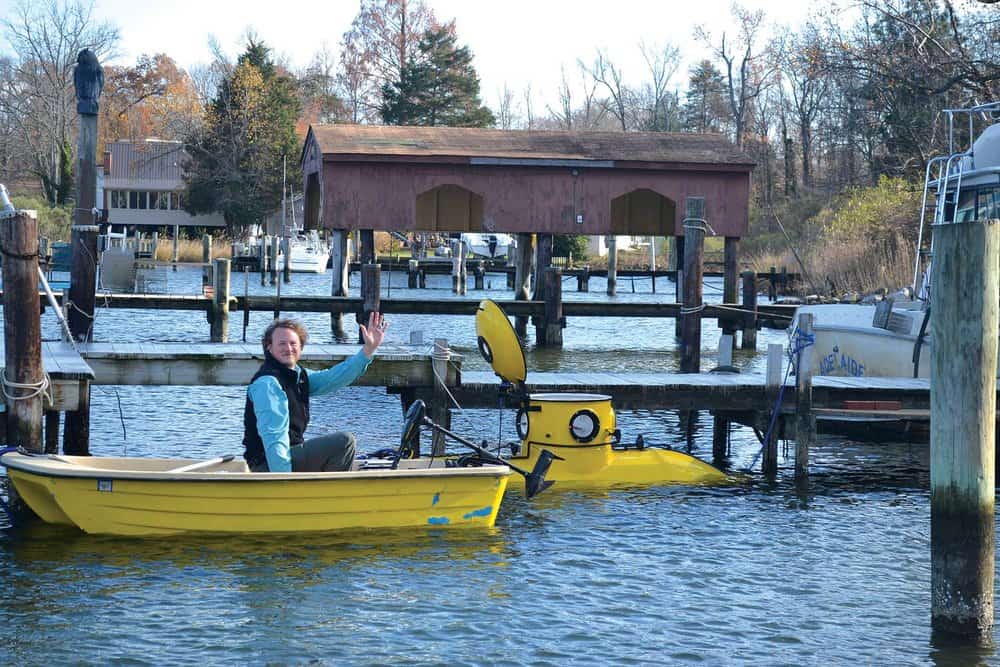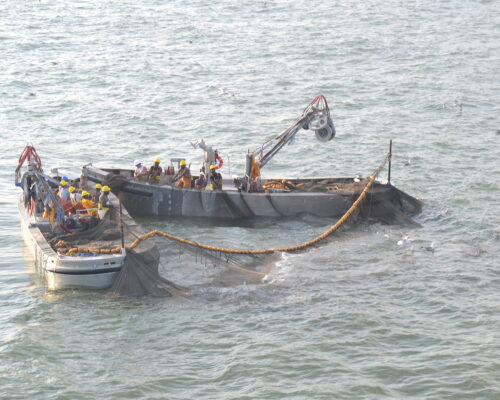Last week, a Virginia tribe’s sacred home and burial ground was saved from development, thanks to a team of partners working together to preserve the site. That site is Rassawek, at the confluence of the James River and one of its largest tributaries, the Rivanna, just above Columbia, Virginia. Oral tradition and archaeologists tell us it was the long-time capital of the federally recognized Monacan Indian Nation.
Although he never ventured above the James’s fall line, Captain John Smith included the town on his 1612 map, based on information he gained from conversations with the Powhatan people he met on the lower river. In addition to its Monacan past, the site has more recent significance from the Revolutionary and Civil Wars. Even so, the James River Water Authority (JRWA) had threatened to disrupt the site completely by building a river water intake, pump station, and pipeline. JRWA is a joint venture of Louisa and Fluvanna counties. The Authority planned the project to deliver water supporting development at Zion Crossroads.
The Monacan Nation began to protest the planning for the project in 2019. By early 2020, the Southern Environmental Law Center (SELC), Preservation Virginia, and other partners had joined the Monacan in talks with JRWA about finding an alternative site for the project. After respectful discussion and extensive field study, the partners found a mutually agreeable site just upriver that does not encroach on sacred Monacan ground. Last week, the Authority’s Board voted to abandon its effort to build the project at Rassawek and move forward with the upstream alternative.
River mouths have always been special, strategic places for humans. The Chesapeake’s sprawling watershed is full of them, both below and above tide. Many have history since the English ‘invasion” of the 17th century, but even more have unwritten history going back much further with our region’s Native tribes. Imagine the welcome, even miraculous runs of river herring, shad, rockfish (striped bass), and white perch that passed through here in springtime to feed generations of Monacan men, women, and children, and English people nearby beginning in the late 17th century. In those days before dams, the fish swam up both the James and the Rivanna. Think of the Monacan canoes travelling the river from here throughout Monacan territory that extended all the way to the Appalachian plateau, and the bateaux carrying both cargo and passengers that followed through the 19th century.
Today, Rassawek is quiet, and now it will stay that way, out of respect for the centuries of Monacan ancestors buried there. But it’s easy to pay respects to them, either by taking the Chesapeake Conservancy’s Terrain 360 tour of the James or paddling it yourself. You’ll find Rassawek on the James’s north side, with the Rivanna’s flow tucked in behind it, just upstream of today‘s Route 690 Bridge at Columbia.
-John Page Williams




